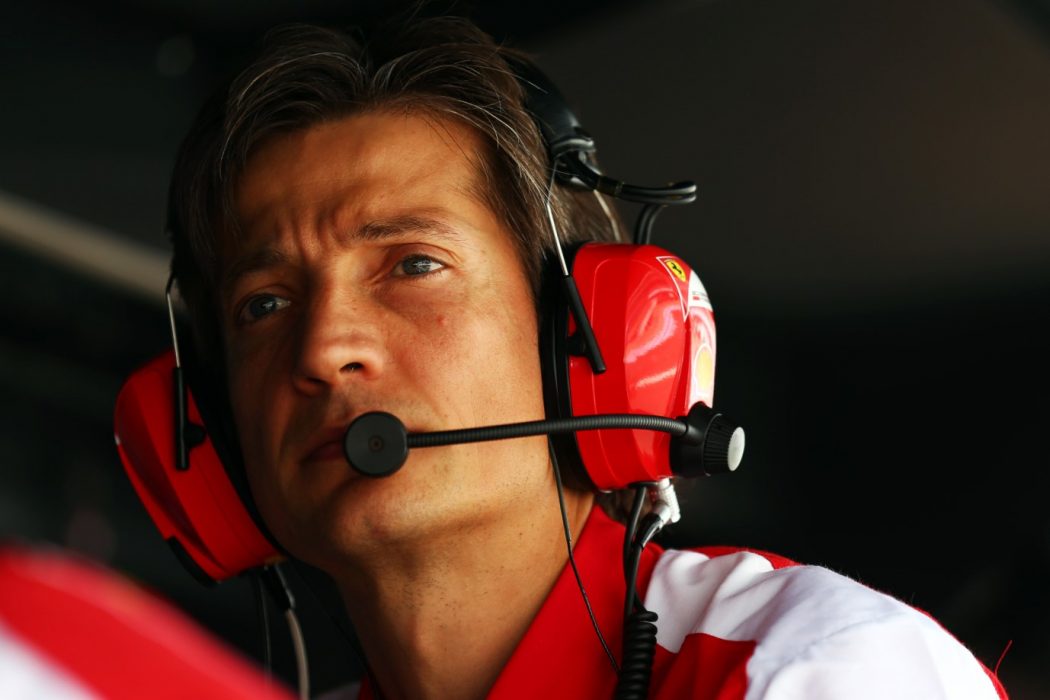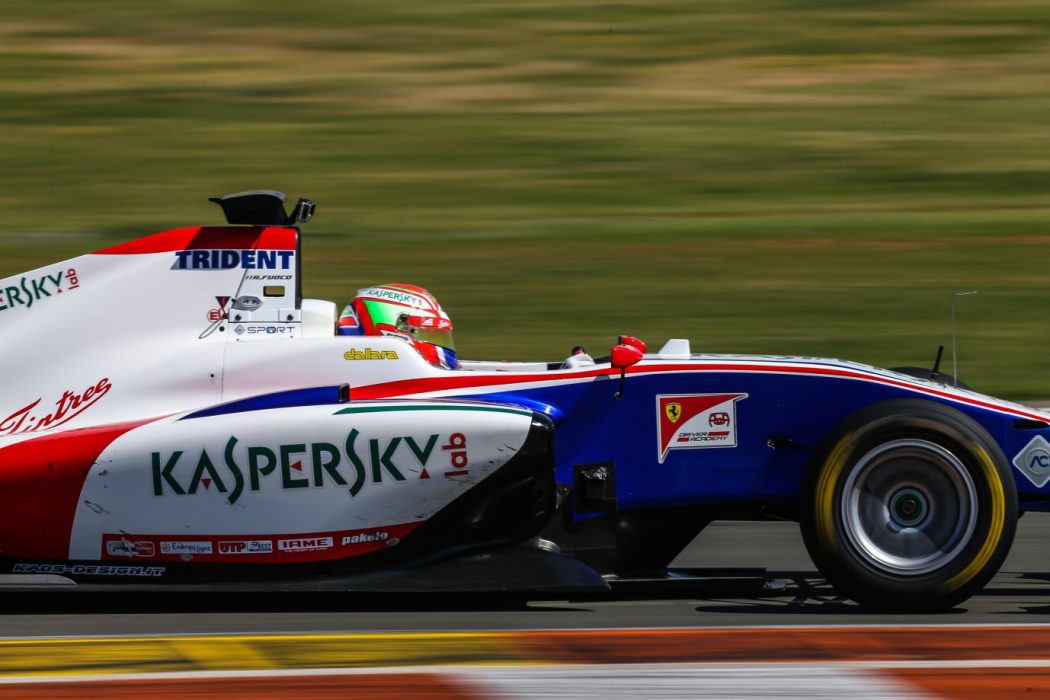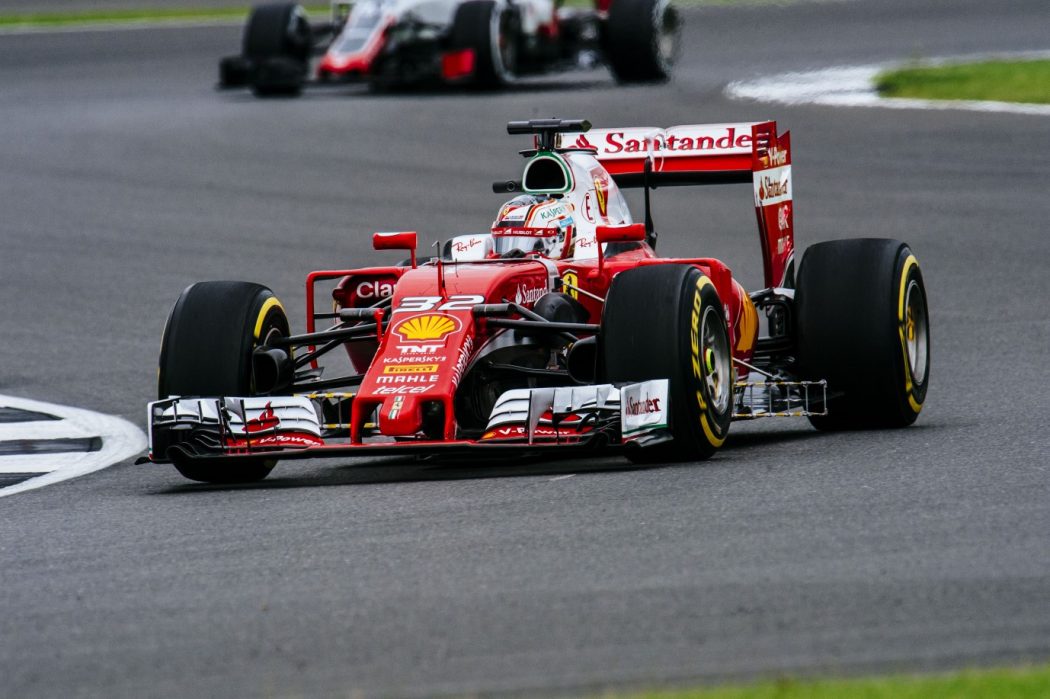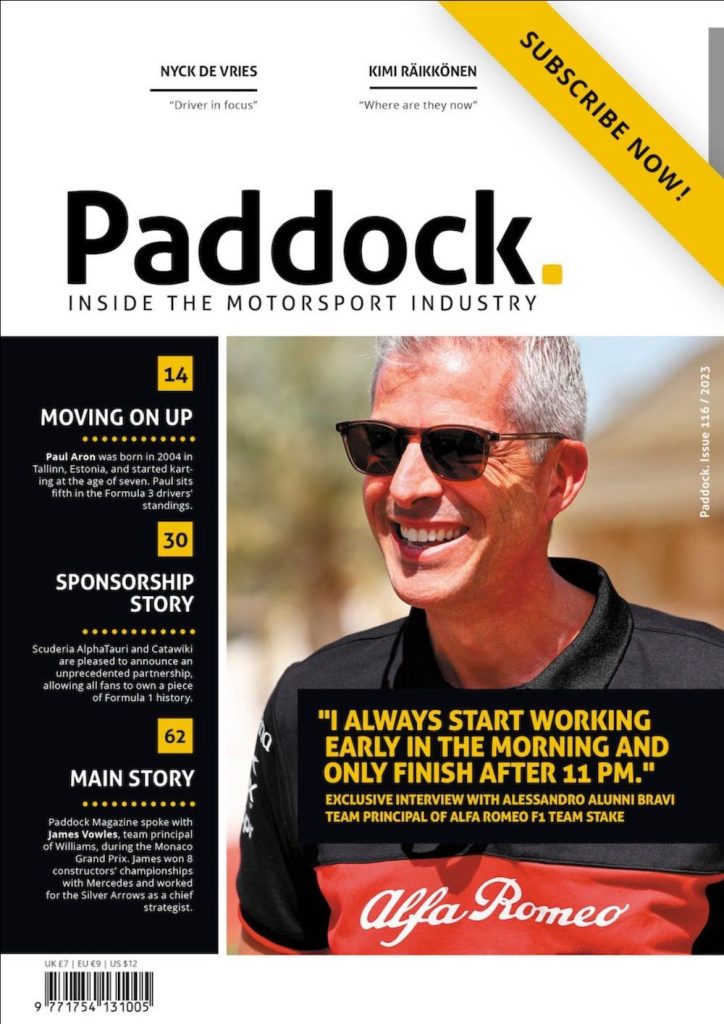Last July I met Dr Massimo Rivola in his office at the Scuderia Ferrari in Maranello. A few months later he took the new position of Director of the Ferrari Driver Academy. Massimo then left the job of Sporting Director at the oldest, insanely prestigious and most successful team in Formula 1, so I’ve decided to interview him again this year, looking forward to finding out how he sees things now and touching on a few relevant matters.
Click here to subscribe to our print edition!
You’ve lived a life of Formula 1 racing for many years inside the Ferrari team, so going to work for the Ferrari Driver Academy (FDA) must have been quite a transition.
Yes, after so many years in Formula 1, most of them spent sitting at the pitwall of Ferrari F1 as Sporting Director, I am living a completely new experience, which is making me learn many fresh aspects and spheres of motorsport, some of which are absolutely unknown to me. This was real change, and I think it was necessary for me. The pace is obviously not the same as the one in Grand Prix racing, but the work is in fact intense and diversified.
Running the FDA is like taking care of a small company.
The goal now is to get the maximum out of each and every of the drivers at the academy without ever losing sight of the overall purpose. My work responsibilities include: time management of various activities of the racers, their preparation for competitions, managing relationships with their team, coordination of the activities of consultants and experts engaged in their training, using high-tech equipment to study driver behaviour and the reactions while driving, and, most importantly, keeping the link with the Ferrari F1 team strong. Running the FDA is like taking care of a small company.
You’ve worked directly in Formula 1 for 18 years, including Minardi, Toro Rosso and Ferrari. What surprised you in your current position?
It was certainly great to discover the world of the formulae below Formula 1, where you can enjoy genuine motorsport and you feel the true hunger for results. You can witness the economic sacrifices that many people have put into practice to reach an objective here. Formulae with an “open wheel” are, without any doubt, the ones that attract young drivers who want a high-speed career in racing. Then you go to see the 24 Hours of Le Mans and you realise that a driver should not limit his or her aim to “open wheel” racing, a racer should also try GT or LMP1.
Another beautiful and interesting experience that I could personally appreciate is linked to the Indianapolis 500. I was in Indianapolis for the centenary race: more than 400,000 spectators were able to see a show made just to make them live the event up close. They could touch the cars and talk to the drivers without any barriers. This was passion and enthusiasm at very high levels. I sometimes think this is an unthinkable scenario for the current life of Formula 1.
These are all experiences that are presented and studied as good examples in an academy. We aim to raise drivers that could compete and win in Formula 1, so details like these are of crucial importance.
Training, developing and helping the young drivers grow is very different from financing them, isn’t it? It seems to be much more, would you agree?
I couldn’t agree more. Among the many aphorisms of the great Enzo Ferrari, one in particular is perfect for this occasion. Enzo once said that “Ferrari can build drivers as well as it can build machines“. This quote is probably at the very core of the FDA. We take care of the driving, but also the physical and mental preparation, coaching in other motorsport areas like economic and commercial development, also we’re working on the rules and strategies in relation to the media without forgetting other important elements such as nutrition and health. Our whole path leads to a driver finally being prepared for Formula 1. It is no coincidence that the FDA label has a steering wheel of the Ferrari F1.
Ferrari can build drivers as well as it can build machines.
Currently there are four drivers in the program: Giuliano Alesi from France, son of Jean Alesi; Antonio Fuoco from Italy; Charles Leclerc from Monte Carlo; Guan Yu Zhou from Shanghai. The first three race in the GP3 championship, while Zhou is part of Formula 3.
What are the prospects for the academy to grow?
If you think about the job set up, the driving experience, athletic training, medical checks, technical training, the use of simulators and everything else, you realise that making a structure like that bigger is a complex and very expensive goal. Everything is now calibrated for the exact current number of drivers in the academy. If we want to include more drivers but follow the same methods and procedures, it would be necessary to increase the specialised resources both in terms of people and technology.
Friendly chat in Monza 🙂 #FDA pic.twitter.com/YJjADPQNfw
— FerrariDriverAcademy (@insideFDA) September 1, 2016
I think more and more about the FDA like a kind of campus where the drivers can experience everything while totally immersed in a dedicated environment at Ferrari. A very complex growth, but not so far, with the necessary resources. For example, Charles Leclerc and Antonio Fuoco live in the house of Enzo Ferrari inside the Fiorano track, it’s like residing in the company’s heart. This generates strong emotions. Recently I’ve sent Antonio Fuoco and Giuliano Alesi to assist at the technical review of the Trident Team cars, they need to understand how teams operate and how the engineers and mechanics have to work together for the overall performance to be better. The youngsters also need to understand the value of time, and not only the lap time – this is really important. We plan some technical meetings where our drivers can interact with the Ferrari engineers about Formula 1 experiences and discuss other issues. The same engineers then give me feedback about the drivers’ abilities to relate well with the technical processes.
I think more and more about the FDA like a kind of campus where the drivers can experience everything while totally immersed in a dedicated environment at Ferrari.
Then, finally, when the Ferrari F1 team asks me about the availability of Fuoco and Leclerc (the two drivers currently closer to racing in Formula 1) for testing the simulator, this means that the FDA is working in the right direction.
You have a university education in economics and important experience in the marketing and sponsorship sectors of Formula 1. How do you use your knowledge while at the academy?
The FDA has full support of Ferrari and other partners. With some of them I have created important and very valuable technical friendships. Recently I’ve signed an agreement with Tony Kart, world leader in the kart field. Tony Kart will help us search for possible future drivers to be included in the FDA program. This is something I’m proud of as it will make our work more effective.
After racing in Monza, visiting the Ferrari store pic.twitter.com/BxBKPML7Am
— FerrariDriverAcademy (@insideFDA) September 4, 2016
I still have the need to look for technical and economic partners to make the work of the “campus” easier, and I must, of course, comply with well-defined rules of sponsorship in relation to the Ferrari brand. In that sense, I like to explore every possibility with the right method at the right time. If the FDA makes its drivers into winners, this can also attract the attention of new or potential partner that wants to explore the world of motorsport, maybe follow a more affordable path at first – build a partnership inside a structure linked to the “Prancing horse”. Later, the company can follow the career of a particular driver from the academy all the way into Formula 1. My job here is to help with any proposals or solutions to make that happen.













Related Articles